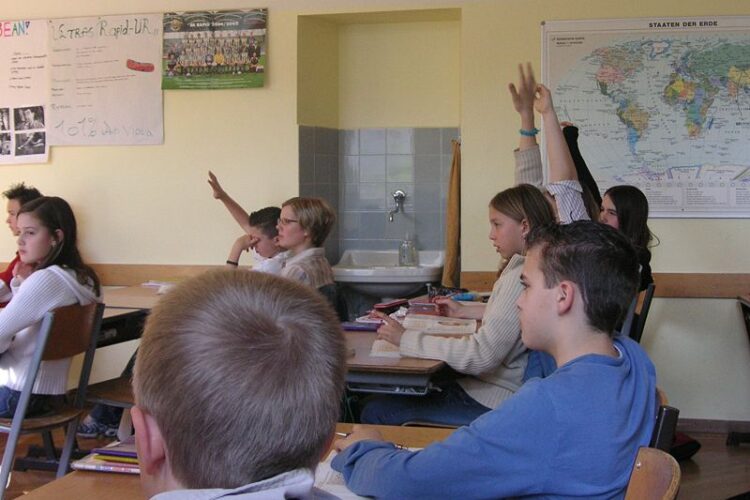A report presented to the Fife’s Education Scrutiny Committee earlier this month showed that Fife was below the national average for school attendance at both primary and secondary level, although not by much.
As of March 20th this year, school attendance in Fife was 92.1 per cent for primary and 85.6 per cent for secondary, compared to the Scottish averages of 93.2 per cent and 86.8 per cent respectively. (School attendance is calculated on the basis of there being 10 teaching sessions per week, so esch session counts as 10%).
Gavin Waterston, from the Council’s Education and Children’s Services said: “Nationally there’s been a decline in school attendance, it first became apparent around 2014. At roughly the same time there was a great rise in children and adolescent mental health issues, coupled with the increases of digital technology.”
“There is strong emergent evidence that technology is re-shaping children and young people’s lives and affecting relationships. We know that relationships are a key driver to school attendance.”
He went on to say that attendance is “highly seasonal” and tends to get off to a good start at the beginning of term and then drop off, specifically in December, before a rise again at the start of a new term in January.’
Children who are registered for free school meals and young carers have the lowest attendance while Armed Forces children have the highest.
Mr Waterston went on: “We know that young people in our more deprived areas tend to attend school on average less than those in our least deprived areas. We also know young people in our least deprived areas are more able to recover from lost learning more quickly.
“Pupils with additional support needs that relate to learning have attendance broadly similar to the overall cohort, however pupils with ASN that relate to family and emotional issues, for example bereavement or parental mental health issues, have a lower attendance.”
The report noted a change in parental attitudes to school attendance. “Since the pandemic there seems to have been a change in the mindset nationally on how important attending school on a daily basis is. Home learning during the pandemic might mean that some families feel their children don’t miss much learning by being off.”
He said the issues were “complex and wide ranging” and many factors could influence whether a child went to school, but his report said that any type of absence – from truancy and sickness to family holidays – had a negative impact on attainment.’ A surprising finding was that “pupils who are young in year, for example a birthday in February, have lower attendance in primary school” (QV notes that there is evidence that being young in the year is also associated with lower attainment at school.)
Responding to the report, Cllr Altany Craik said: “I know there’s no easy answer but one headteacher told me ‘We send letters, we chase them up, we phone them up, we send letters, chase them up … There is no ‘And then what’. Ultimately we just go round and round and waste a lot of time and effort and it’s not yielding the results we want.
He continued: “The deprivation driver? We know it’s there. It’s been there forever. We need to focus our spending on tackling the poverty problems and focus on the people who are left behind, whose family lives are chaotic and have difficulties with practical learning.”
Picture attribution: Lbaze002 at English Wikibooks
